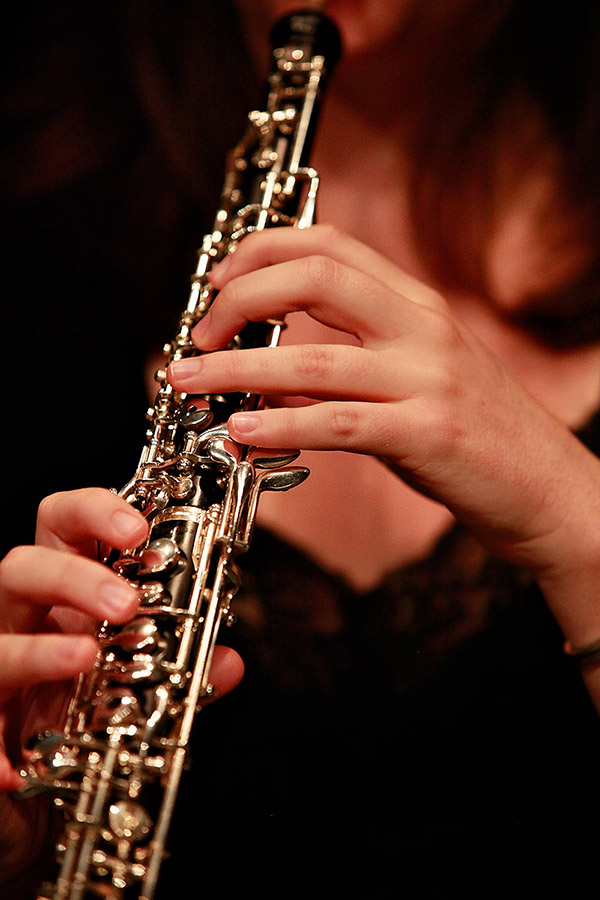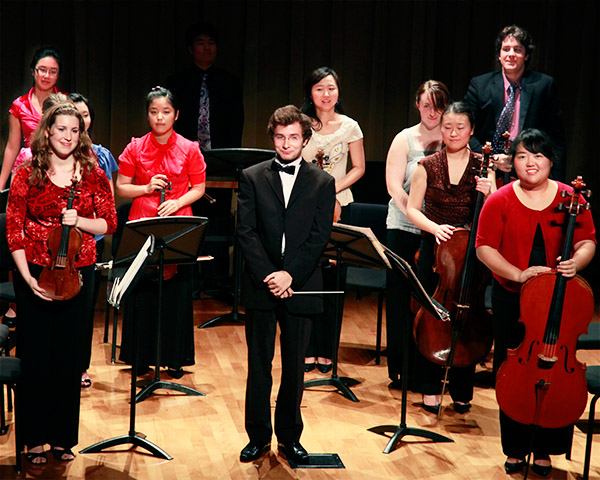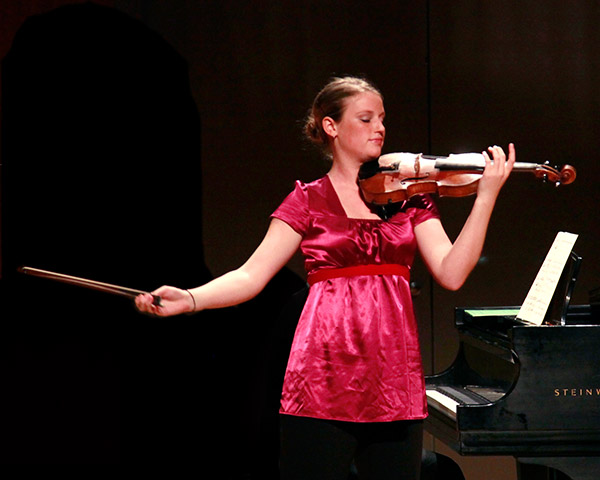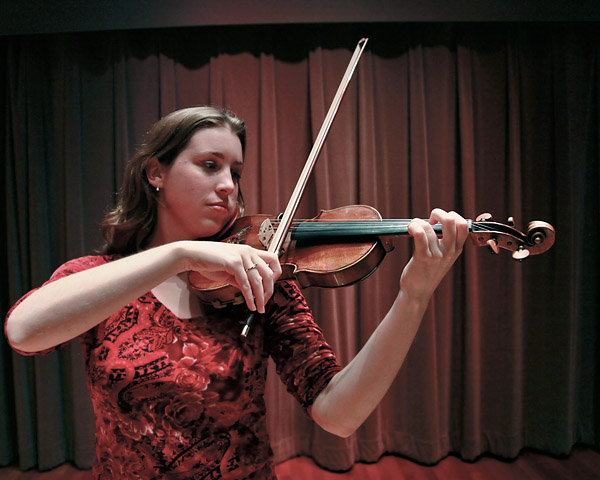Asher Kelman
OPF Owner/Editor-in-Chief
In the original thread, here, orchestra pictures were part of a celebratory photoessay.
Here, however, we can address the technical aspects of shooting without flash of the players set on a stage lit unevenly from above. The pre-concert pass time is about a minute. Entire orchestra shots from below hide the woodwind, violas, percussion and more. One want's natural positions and obvious truth that they are truly playing music not pretending.
So here we can discuss choices and consequences of using higher ISO and other technical decisions and then workflow. We can look at how such live music performances can be better covered. This includes practical, budget-sensitive, additional portable continuous lighting to take on location to use from the front to tame ghoulish shadows on prominent facial features. (Flash would be possible at the end for the bows and ovations). Post-processing, color correction of uneven poor overhead lighting, shadows of spectacles and facial features and dealing with clutter have to be addressed.
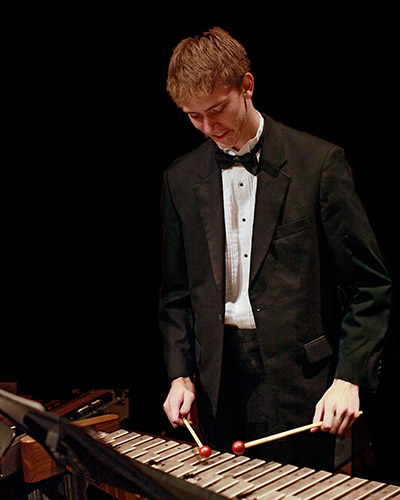
Asher Kelman: Percussionist Sean Case warms up on the Glockenspiel
5DII ISO 4000, Tungsten above, 1/160, f2.0, 50 1.2L
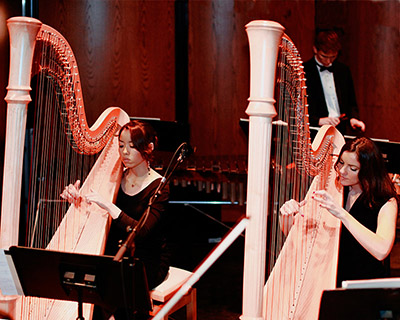
Asher Kelman: Harpists Kayla Torrez Chang (left) and Charissa Barger (right).
Later they provided the spirited glissandi and mandolin-like trills during Ravel's Alborado Del Gracioso
5DII ISO 2500, 580 EXII, 1/160, f1.8, 50 1.2L
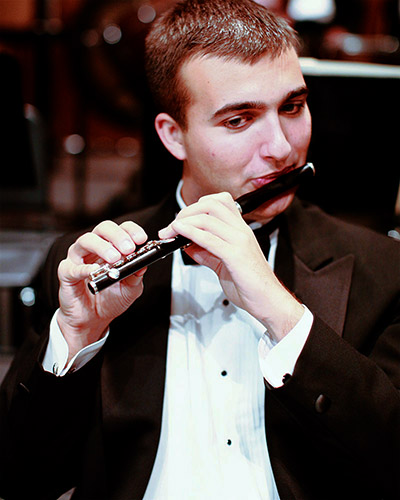
Asher Kelman: Untitled
5DII ISO 4000, Tungsten above, 1/160, f2.0, 50 1.2L
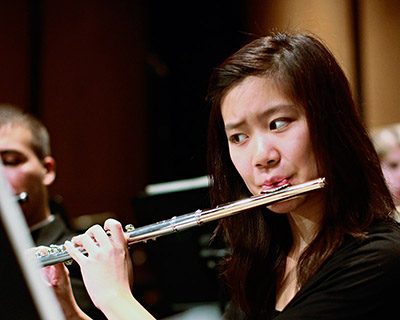
Asher Kelman: Flautist
5DII ISO 4000, Tungsten above, 1/160, f2.0, 50 1.2L
Here, however, we can address the technical aspects of shooting without flash of the players set on a stage lit unevenly from above. The pre-concert pass time is about a minute. Entire orchestra shots from below hide the woodwind, violas, percussion and more. One want's natural positions and obvious truth that they are truly playing music not pretending.
So here we can discuss choices and consequences of using higher ISO and other technical decisions and then workflow. We can look at how such live music performances can be better covered. This includes practical, budget-sensitive, additional portable continuous lighting to take on location to use from the front to tame ghoulish shadows on prominent facial features. (Flash would be possible at the end for the bows and ovations). Post-processing, color correction of uneven poor overhead lighting, shadows of spectacles and facial features and dealing with clutter have to be addressed.

Asher Kelman: Percussionist Sean Case warms up on the Glockenspiel
5DII ISO 4000, Tungsten above, 1/160, f2.0, 50 1.2L

Asher Kelman: Harpists Kayla Torrez Chang (left) and Charissa Barger (right).
Later they provided the spirited glissandi and mandolin-like trills during Ravel's Alborado Del Gracioso
5DII ISO 2500, 580 EXII, 1/160, f1.8, 50 1.2L

Asher Kelman: Untitled
5DII ISO 4000, Tungsten above, 1/160, f2.0, 50 1.2L

Asher Kelman: Flautist
5DII ISO 4000, Tungsten above, 1/160, f2.0, 50 1.2L
Last edited:

